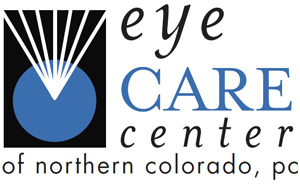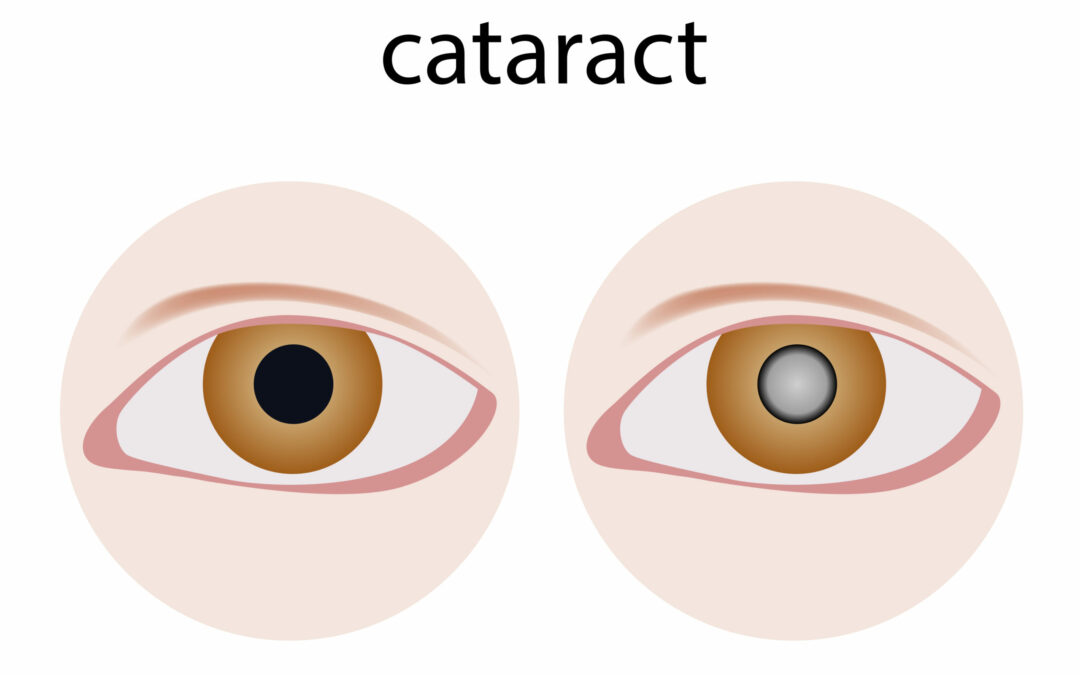A cataract is a clouding of the lens inside the eye, causing vision loss that cannot be sufficiently corrected with glasses or contact lenses. Cataracts are the leading cause of vision loss in adults over the age of 55 and the leading cause of blindness worldwide. Corneal refractive surgery like LASIK is typically not advised when cataracts are already present.
In a normal eye, light passes through the transparent lens to the retina. That light changes into nerve signals that get sent to the brain. In order for the brain to receive a clear image, the lens must be clear. If the lens is cloudy from a cataract, the image you see will be blurred.
When a cataract is small, the cloudiness affects only a small part of the lens. In the beginning, you may not notice any changes in your vision. Over time, cataracts “grow,” so vision gradually gets worse and seeing becomes more difficult.
Symptoms
The most common symptoms of a cataract are:
- Cloudy or blurry vision
- Colors seem distorted or less vibrant
- Sensitivity to light
- Poor night vision
- Double vision in one eye
If you suspect you may be developing cataracts, make an appointment for an eye exam. Our experienced medical team can see you quickly to examine your eye health. If you’re in the early stages of cataracts, it’s best to monitor the progress of the cataract and help determine when to treat it.
Screening
A comprehensive eye exam detects cataracts by performing a:
- Visual acuity test to measure how well you see at various distances.
- Glare test which simulates the effect of headlights of approaching vehicles during night driving to measure the reduction in vision under these conditions.
- Dilated eye exam to examine your retina and optic nerve for signs of damage and other eye problems. This is also the best way to determine the actual size of a cataract.
- Eye pressure test using tonometry, which uses an instrument to measure the pressure inside the eye.
Treatment
The symptoms of early cataract may be improved with new eyeglasses, brighter lighting, anti-glare sunglasses or magnifying lenses. If these measures do not help, surgery is the only effective treatment. Surgery involves removing the cloudy lens and replacing it with an artificial lens. Cataract removal is one of the most common operations performed in the United States. It also is one of the safest and most effective types of surgery. In about 90 percent of cases, people have better vision after cataract surgery.
Need Assistance?
Review our cataract page for common questions and greater detail about how it’s treated. Please contact us if you have additional questions or would like to schedule an appointment at our Boulder, Longmont, Lafayette or Greeley offices if you believe you’re developing cataracts.

